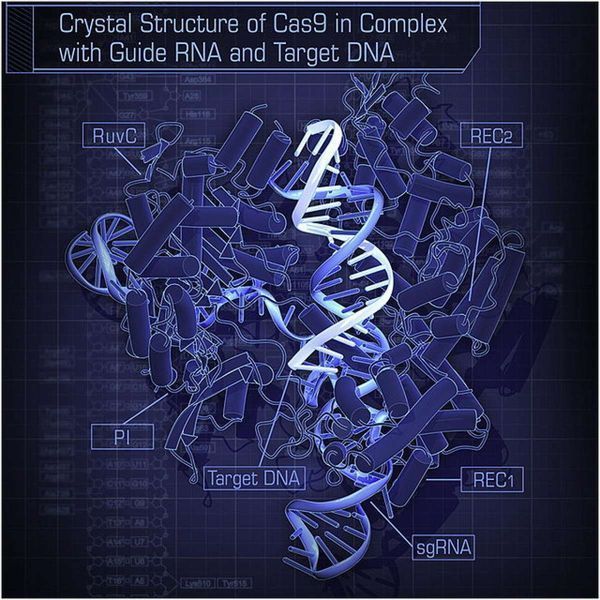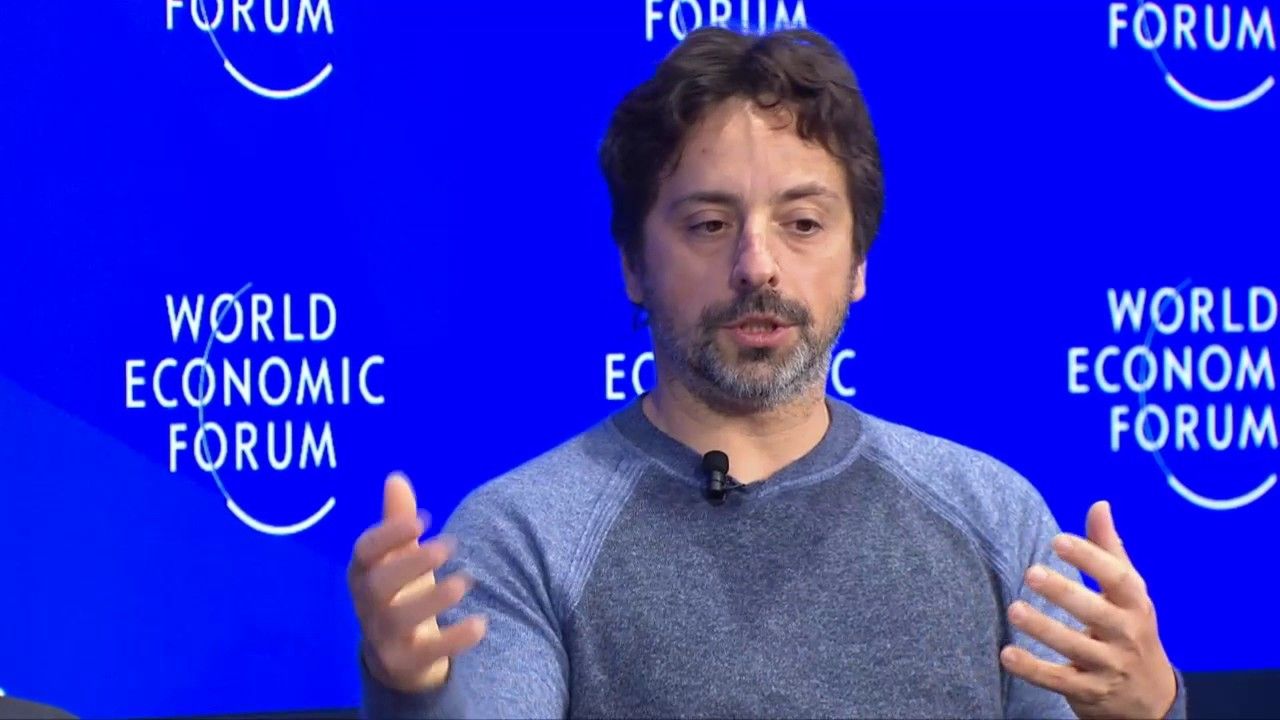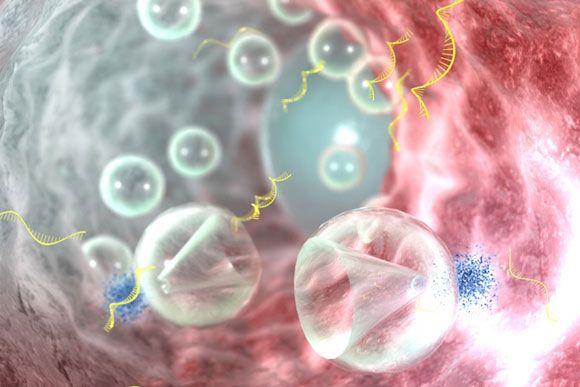Jan 22, 2017
Should We Cure Aging?
Posted by Montie Adkins in categories: biotech/medical, life extension
Aging fosters sickness and disability, increases human suffering, and makes us more likely to die. Previously, I argued that curing aging must be a top priority for society, yet there are also a number of possible objections to this endeavor. Most of these are unfounded myths that can be disproved while others raise relevant social, philosophical and ethical issues. This essay draws on my own lectures, and publications (Sethe and de Magalhaes, 2013), on this subject and attempts to answer the most commonly raised questions and concerns about the work of gerontologists and a possible cure for aging.


















